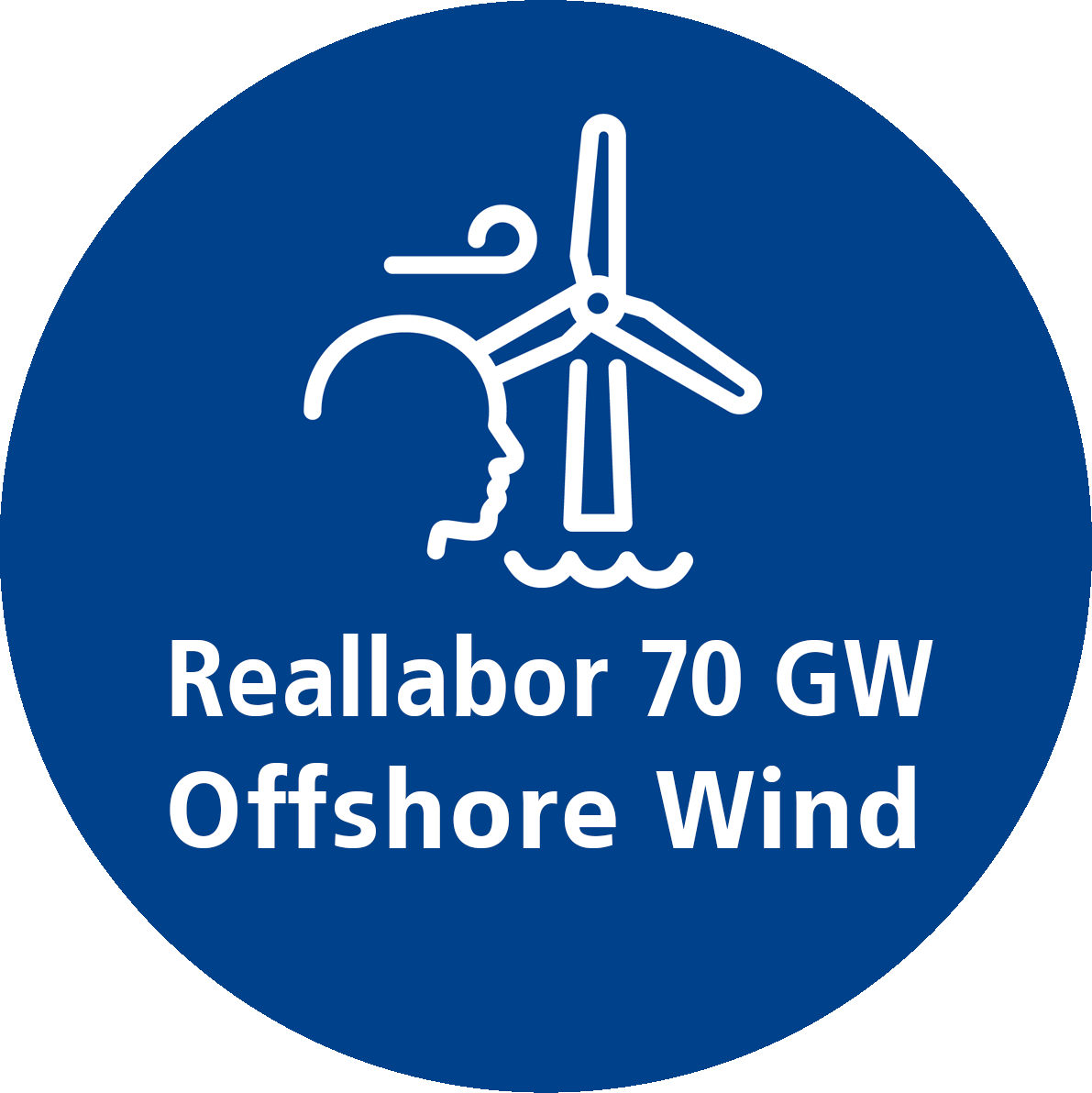Innovation area III
Life cycle management of offshore wind turbines and wind farms
In order to create room for manoeuvre through optimized operating scenarios and maintenance strategies to achieve offshore expansion targets, information on the service life of individual wind turbines and offshore wind farms is essential.
In innovation area III, the comprehensive analysis of structural and SCADA data using innovative methods of population-based structural health monitoring will create the necessary basis for central questions:
- Maintenance and repowering as the basis for a techno-economic assessment of the required expansion
- Extension of the remaining service life through optimized inspection and maintenance of support structures and rotor blades
Subproject III.1
Data-based structural health monitoring (SHM)
In this sub-project, a suitable SHM concept for the continuous monitoring of the support structure, tower and rotor blades is applied to existing sensors and measurement technology in the offshore wind farm and supplemented as required.
The extent to which existing sensor and monitoring infrastructure and previously recorded data can be used must be agreed with the operator. The innovation lies in the comprehensive analysis of structural and SCADA data already available in the OWP using probabilistic and deterministic system identification methods and AI-based methods.
The aim is to identify all relevant operating states and system parameters and to identify critical operating states and damage scenarios which, if known, can be eliminated in order to significantly extend the remaining service life of a wind farm.
Researchers
Prof. Dr.-Ing. habil. Raimund Rolfes
University of Hanover/ForWind
Dr.-Ing. Tanja Grießmann
University of Hanover/ForWind
Subproject III.2
Data-driven methods for determining the remaining service life of load-bearing structures
Based on the SHM concept from SP III.1, data-driven methods for determining the remaining service life of load-bearing structures are being developed and validated, thus laying the foundation for their acceptance in the certification process.
The main objective of this sub-project is the (further) development of data-driven methods in the co-production phase, so that the remaining service life of load-bearing structures can be estimated even with incomplete data. The further development aims firstly to use the available data as comprehensively as possible, secondly to investigate the benefits of additional measurement data and thirdly to be able to quantify the uncertainty in the extrapolations.
Researchers
Prof. Dr.-Ing. habil. Raimund Rolfes
University of Hanover/ForWind
Subproject III.3
Site-specific assessment of the remaining service life of rotor blades using data-based finite element modeling
Understanding the real load and environmental conditions is crucial for analyzing the actual performance (service life) of the blade. One challenge in this context is the limited availability of local stress data for re-evaluating the blade’s service life under real operating conditions.
Here, the Living Lab Offshore offers the unique opportunity to use data from the SHM system for a real and locally resolved fatigue analysis using a generic FE model of the rotor blade in order to determine the site-specific causes of damage development.
Researchers
Dr.-Ing. Sven Scheffler
University of Hanover/ForWind
